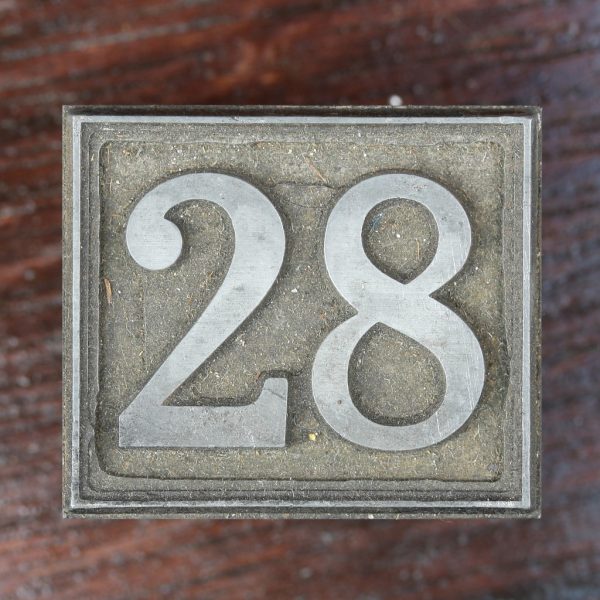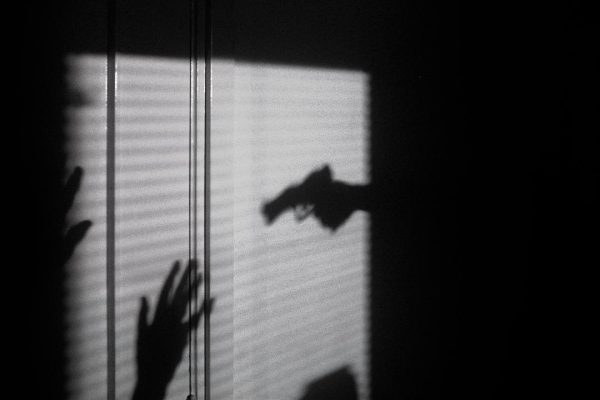The Agony and the Ecstasy, Part II
November 1, 2022

by Janet Stiegler
Last month I wrote an article about Michelangelo’s love of sculpture and the creation of his 17-foot-tall David, a symbol of divine victory over evil. Initially, the Wool Guild in Florence commissioned the statue to stand atop the roofline of the Duomo (cathedral), but during the three years it took to sculpt, they decided to place it guarding the entrance to the Town Hall. After 350 years of weathering and damage to its left arm during a 1527 riot, the statue was finally moved indoors. Today David stands majestically on a pedestal in the Academia museum, while a replica stands in the square.
Having just returned from Florence, I can attest to the statue’s awe-inspiring impact. Our tour guide encouraged us to circle the statue and view him from all sides. In front, David stands confidently, fondling his sling in one hand and a rock in the other. On one side, you can gaze into his vulnerable eyes. The back shows his sling strap, buns of steel, and Renaissance mullet. In his guidebook about Florence, American travel writer Rick Steves suggests that Michelangelo captures David as he’s sizing up his enemy, saying to himself, “I can take this guy (Goliath).”
David stands in a room containing several of Michelangelo’s unfinished figures called “The Prisoners.” The raw figures seem to be fighting to free themselves from the stone, and it is unclear exactly why he left them unfinished. However, unlike most artists who believed stone would conform to the artist’s vision, Michelangelo believed it was the sculpture’s job to reveal the figures God had encased in the marble. “Michelangelo] had the impression that, no matter how honestly a sculptor designed, it would come to nothing if it did not agree with the basic nature of the block.”
Finally, although I did not get to Rome on this trip, a few words about Michelangelo’s painting of the Sistine Chapel. Pope Julius II first commissioned Michelangelo to paint the Twelve Apostles on the triangular pendentives that supported the Chapel’s ceiling and to cover the central part with some ornament. The artist considered painting a lesser form of art than sculpture, and initially he resisted the charge by escaping to the countryside outside Rome. In his book, The Agony and the Ecstasy, Irving Stone describes Michelangelo waking up on New Year’s morning as the sun rose and seeing “the beautiful pinks and browns of the plains and the pastel green of the Tyrrhenian Sea under a brittle blue sky.” He suddenly realizes, “God too had been faced with the need to create within a vault…the vault he called the Sky…Michelangelo knew, just as clearly as he had known anything in his life, that nothing would suffice for his vault but Genesis itself, a recreation of the universe.”
Michelangelo’s final composition took four years to complete, stretches over 500 square meters, and contains over 300 figures! And he painted the frescos lying flat on high scaffolding while the plaster was still wet. Among his most famous frescoes are the Creation of Adam, Adam and Eve in the Garden of Eden, and the Deluge. If you do not have time to read Irving Stone’s book, watch the 1965 movie of the same title starring Charlton Heston (Michelangelo) and Rex Harrison (Pope Julius II). It will give you a sense of life in the Renaissance era, work in a marble quarry, and how the masterpieces in the Sistine Chapel came to be.




















